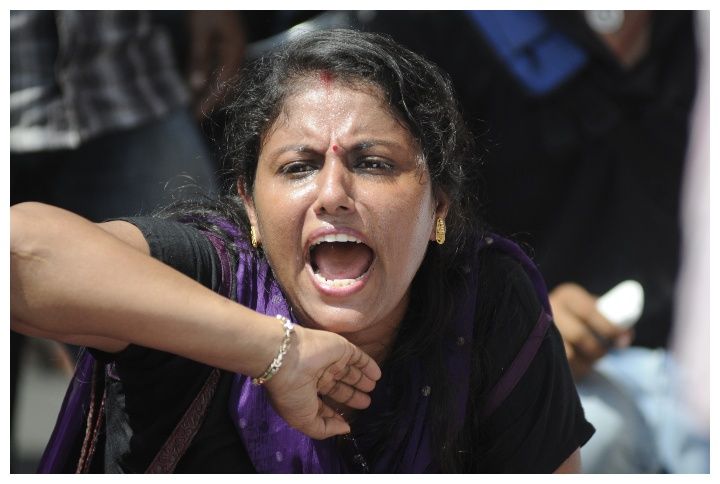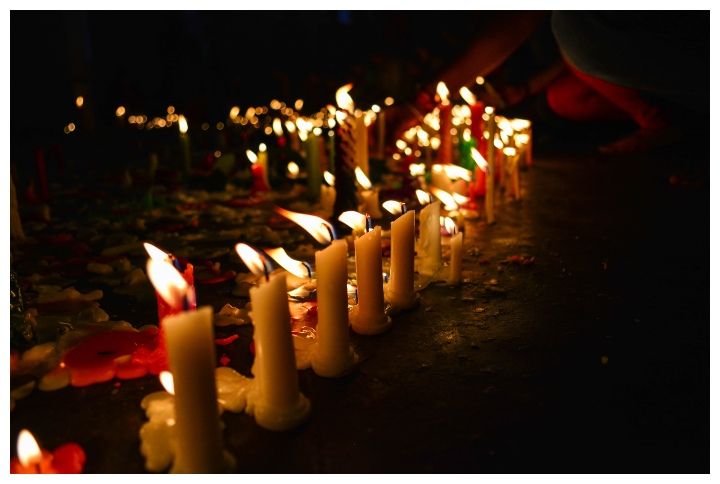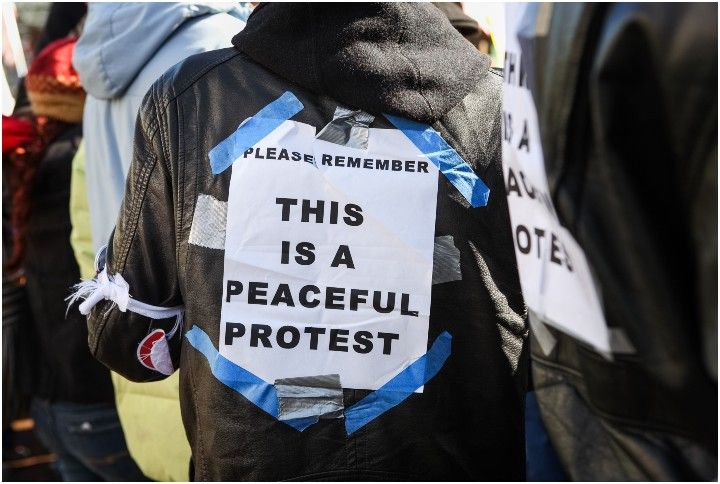India has witnessed an outpouring of citizen activism over the last several months. Protests have been held across the country over the Citizenship Amendment Bill (CAB/CAA), the attacks at Jawaharlal Nehru University (JNU), and the agitations over the National Population Register (NPR) amongst others.
The protests at Shaheen Bagh, in particular, have received a lot of media attention, especially after a man opened fire at the protestors and a four-month-old infant died due to exposure to the cold. Shaheen Bagh has also touched off an important and complex debate about the legality and legitimacy of protests, particularly as relates to public inconvenience and any disruptions they may cause.
Against this backdrop, while exercising our democratic rights is important, it is equally imperative to understand the laws around organizing and participating in protests, the permissions required, and our duties in conjunction with these. To understand these better, we asked Advocate Abhishek Bhat, an activist from Mumbai, to break it down for us.
The Applicable Indian Laws Around Protests

According to Abhishek Bhat,
The Apex Court of our country by a plethora of judgments has stated that the right to criticise the government and gather for peaceful demonstrations and protests are enshrined as our fundamental rights. Protests are an essential component of free speech and an important element of a vibrant democracy but at the same time, it cannot be unruly or contain an iota of violence. The major reasons for protests are to voice one’s dissent and to build a consensus over an idea or thought which is not as per the ruling party views.Article 19(1)(a) guarantees the freedom of speech and expression and Article 19(1)(b) assures citizens the right to assemble peaceably and without arms but these rights are not absolute and there are reasonable restrictions to it, namely:• If the security of the state is in jeopardy;• If public order is disturbed or if the protests are immoral;• If there is contempt of court;• If the sovereignty and integrity of India are threatened.In sum, every citizen of India is allowed to protest keeping these basic parameters in mind.
What Are Prohibitory Orders?

Another aspect by which the police or the state regulate protestors is by issuing prohibitory orders like Section 144 of the Criminal Procedure Code (CrPC). Put simply, the administration is empowered under Section 144 to impose restrictions on the personal liberties of individuals. This means the fundamental right of peaceful assembly provided under Article 19 of the Constitution can be curtailed by the administration if the executive magistrate finds the situation at any specified place presents a potential for disturbance in law and order.In a similar manner, there are local acts that also impose restrictions on protests and movements like Section 37(1)(3) and Section 135 of the Bombay Police Act. It should be noted that the Supreme Court has repeatedly stated that repetitive prohibitory orders without any real cause will be dangerous for the functioning of a vibrant democracy. That said, it is important to familiarize yourself with any that may apply in your locality.
How To Ensure Your Protest is LawfulSo what does this all mean for anyone looking to organize or participate in a planned protest?Abhishek Bhat explains,
To avoid such scenarios it is always better to take the respective No-Objection Certificate (NOC) or permissions from the police station within whose jurisdiction the protest is planned. If the protests are planned in multiple jurisdictions or if a protest rally is being organised where more than one police station is involved, it is always better to take the necessary permission from the Commissionerate office or the DCP office by issuing a letter with the name , number and other details of the organiser. One also needs to mention the number of people who wish to join the demonstration and if there is any need for a microphone or a speaker, as separate permissions for the same need to be taken. The letter must be submitted in a simple letter format addressed to the senior-most officer of the department. For eg: “To the Senior Police Inspector of station XYZ” and a signed copy must be taken. Also at the same time, be ready to have a dialogue with the police on aspects of how you plan to control the mob, and what help you require from them regarding the police bandobast during the protest so that no untoward incidents take place. The police may ask you to provide the above details in an affidavit.Abhishek Bhat finally adds: by all means, exercise your constitutional rights, while remembering to fulfill your duties as well.Interested in this topic? We often have such conversations on Malini’s Girl Tribe. To be a part of them, join the group here.

